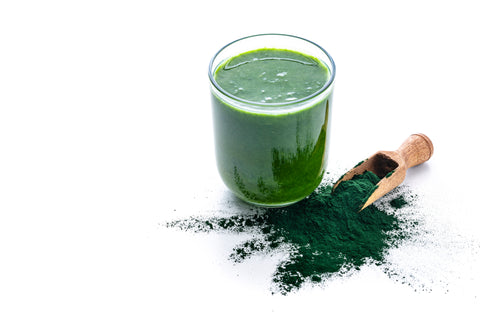
There’s no better time to learn about chlorella spirulina benefits. We’ve got the information right here for you.
When we talk about greens, we usually think about the green leafy vegetables we use in cooking. However, people have also used freshwater algae-derived supplements – chlorella and spirulina for many years. They are densely packed with nutrients and have been added to many diets for numerous reasons. Some people use it to reach the daily recommended amounts of nutrients one can get from a healthy diet. Others use it for detoxification. The benefits of chlorella and spirulina are numerous and well-documented.
But one thing’s clear: they are go-to supplements backed by research and trusted by many. Curious about adding these superfoods to your diet? Read on to learn more about chlorella and spirulina benefits to your health. Understanding the differences between chlorella and spirulina can help you decide which is best for your needs.
Chlorella Spirulina: What’s the Difference?
What Is Chlorella?
Chlorella is a type of single-cell green algae that is cultivated in freshwater. First researched in the 1940s as a potential food source, it’s now advertised as a superfood that can be used as a supplement in many people’s diets.
As a supplement, you can find chlorella sold in several different forms, including dissolvable powders, liquid extracts, and tablets. Chlorella also has cell walls, which humans can’t digest, so they usually come “cracked” or with the cell walls removed.
What Is Spirulina?
Spirulina is another type of freshwater algae, now cultivated as a superfood. Unlike chlorella, it’s not a type of single-cell algae; it’s cyanobacteria or blue-green algae.
While similar to Chlorella, Spirulina is available in the market in different forms. These include tablets, dissolvable powders, and extracts. However, unlike Chlorella, this superfood doesn’t have a cell wall, which makes it easy for people to digest.
Benefits of Taking Chlorella and Spirulina
1. Dense Sources of Protein
Protein has multiple roles to play in a person’s body, one of which is helping repair worn-down muscle tissues.
One of the most well-known benefits of these two green superfoods is their protein content. Each is densely packed with a high protein content that can help people reach their daily recommended protein intake.
On top of this, the protein content of these two superfoods also contains necessary amino acids that our bodies can easily absorb.
While the protein content of chlorella and spirulina are comparably high, some strains of the latter can contain 10% more protein.
2. Excellent Source of Omega-3 Fatty Acids
Some types of polyunsaturated fats our body needs but cannot produce. One of these is omega-3 fatty acids, which humans mainly get by intaking supplements or food rich in them.
Omega-3 fatty acids contribute a lot to a person’s health. They help improve a person’s cardiovascular health, reducing the risk of complications from cardiovascular issues. They also help lessen inflammation by slowing down the body’s production of substances released during a body’s inflammatory response.
Did you know both spirulina and chlorella are good sources of this type of fat? Adding these two green superfoods to your diet can help you bump up your intake of omega-3 fatty acids.
Both chlorella and spirulina are great sources of omega-3 fatty acids. Chlorella contains more omega-3 than spirulina, but the latter also provides omega-6 fatty acids, another type of healthy fat we need.
3. Contain Antioxidants
Another well-known property of spirulina and chlorella is that they both have a high amount of antioxidants.
Antioxidants are compounds that can neutralize free radicals that damage the cells and tissues of the body.
Spirulina provides an antioxidant enzyme called superoxide dismutase and vitamin C, a nutrient that has antioxidant properties. Meanwhile, chlorella has two antioxidant vitamins - vitamins C and E.
4. Can Help With Blood Sugar Management
If you need to deal with insulin resistance, adding spirulina and chlorella to your diet may be beneficial.
Studies have found that these two superfoods can help blood sugar management. They may aid in bumping up one’s insulin sensitivity, which measures how well one’s body can respond to insulin. While the way chlorella and spirulina help with such issues is unknown, relative studies have shown they are effective.
5. Helps Promote Healthy Skin
If you want an improvement to your skin’s appearance and overall health, taking spirulina and chlorella can help.
Spirulina supports the facilitation of a quick cell turnover, effectively helping your body heal. It also helps your skin during recovery from breakouts and rashes.
On the other hand, chlorella provides compounds needed in collagen synthesis — these aid in achieving healthy-looking and elastic skin. A recent study even noted that thanks to chlorella’s chlorophyll content, it may help reverse radiation damage to the body.
Frequently Asked Questions
How Are They Different?
Despite both being freshwater algae, chlorella and spirulina are immensely distinct from one another.
As previously mentioned, chlorella is a single-cell alga, while spirulina is a biomass of cyanobacteria (blue-green algae) cultivated and safe to consume.
Another significant difference is the existence of a cell wall. Chlorella has a cell wall that needs to be “cracked” before it can be used as a supplement. Spirulina doesn’t have this, so it’s easy for our bodies to digest and absorb its nutrients.
They also taste different. Spirulina has been described as having a slightly sweet, nutty, and leafy taste. This makes it popular as a powder that you can mix into drinks and smoothies.
Meanwhile, chlorella tastes slightly bitter and has been likened to seaweed. This makes it a less popular smoothie or food ingredient, but it has found more success in the market in tablet form.
Chlorella and spirulina also have varying amounts of nutrients. For example, some strains of spirulina have more protein content than chlorella. Conversely, chlorella has Vitamin B12 that our body can process, while spirulina has a different type of Vit-B12, which our bodies can’t consume.
Are Chlorella and Spirulina Safe to Take Together?
Anyone who wants to reap the benefits of chlorella and spirulina can take them as supplements. Yes, they are generally safe for most people to take.
You can take them separately. They are available in powdered form, usually used for cooking, or in tablet form. You can also buy them as a part of mixed dietary supplements.
A combination of XND’s Lean and Collagen+Greens will provide you with the additional nutrients your body needs. Both are packed with antioxidants and contain the superfoods chlorella and spirulina. Plus, they taste great, too!
However, if you’re pregnant, breastfeeding, or have an autoimmune issue, you may need to consult your healthcare provider first. Not enough studies have been conducted to verify the safety of these among pregnant and breastfeeding women. They can also interact with crucial drugs for treating some diseases.
Green Algae and a Healthy Body
Chlorella and spirulina have been popular superfoods and supplements among many worldwide. Backed with research and visible results, taking them to help with your diet makes a lot of difference to your overall health.
Easy to find, convenient to take, and effective, what’s not to love about these amazing algae-derived supplements? Add this to your diet and see how chlorella and spirulina can boost your health.


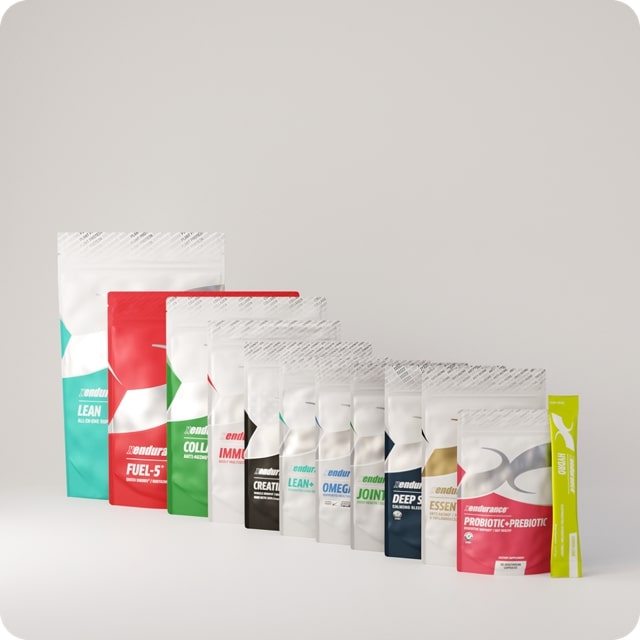
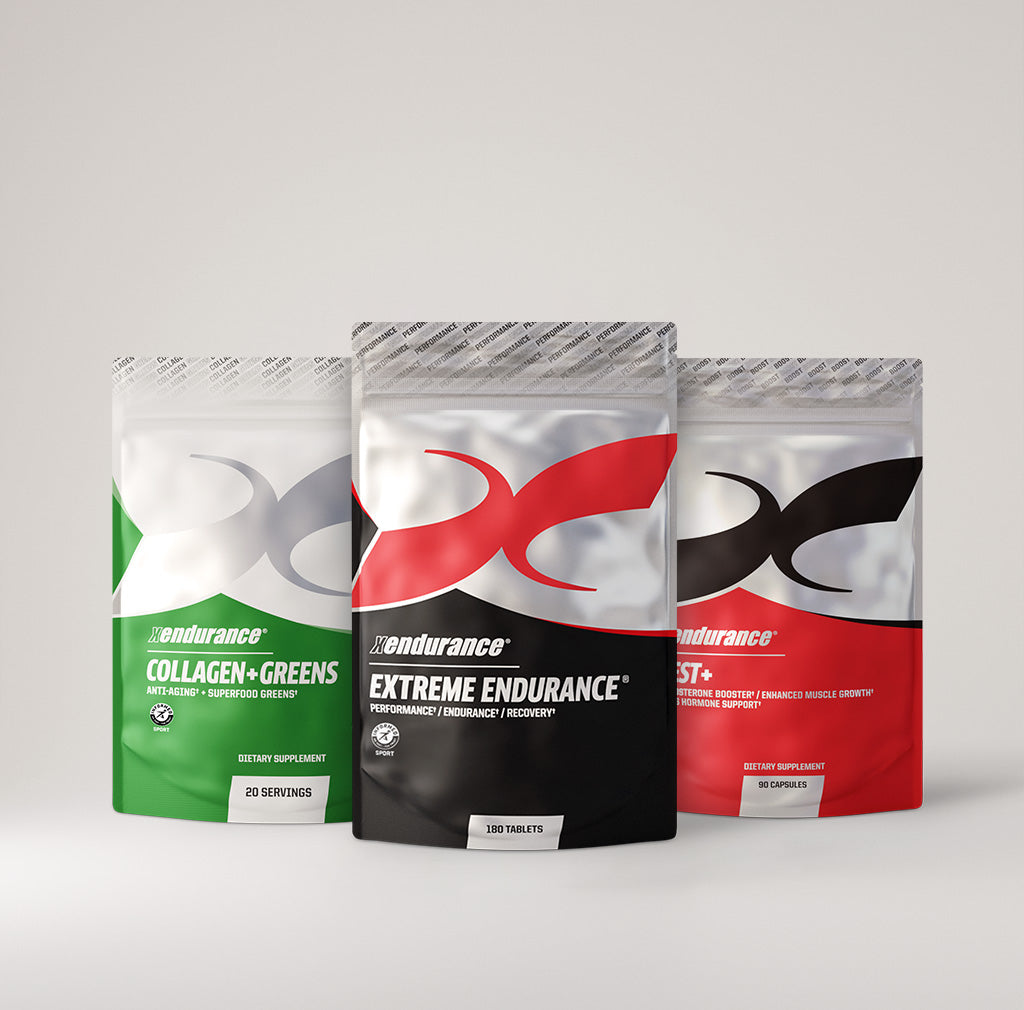
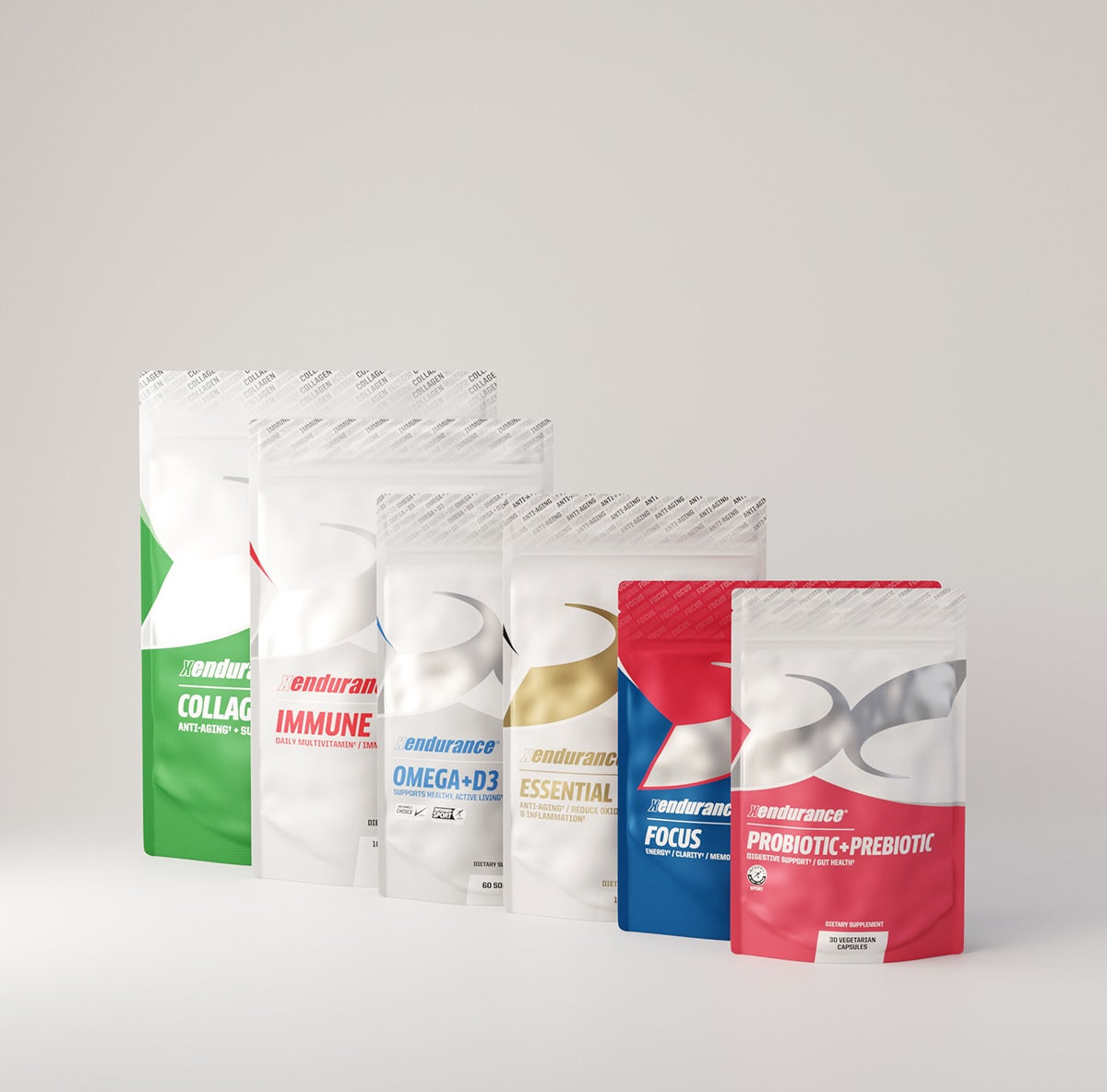
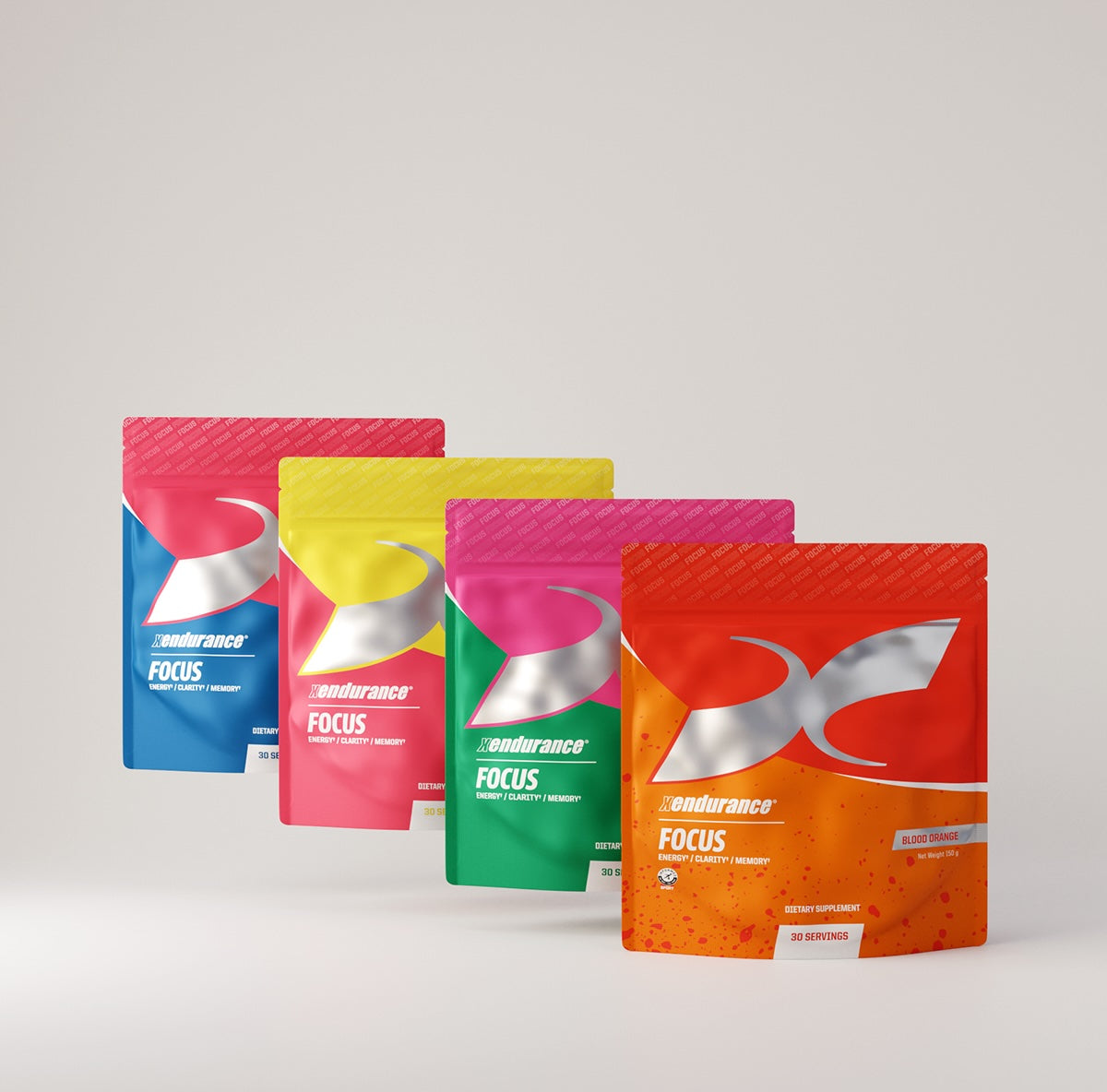
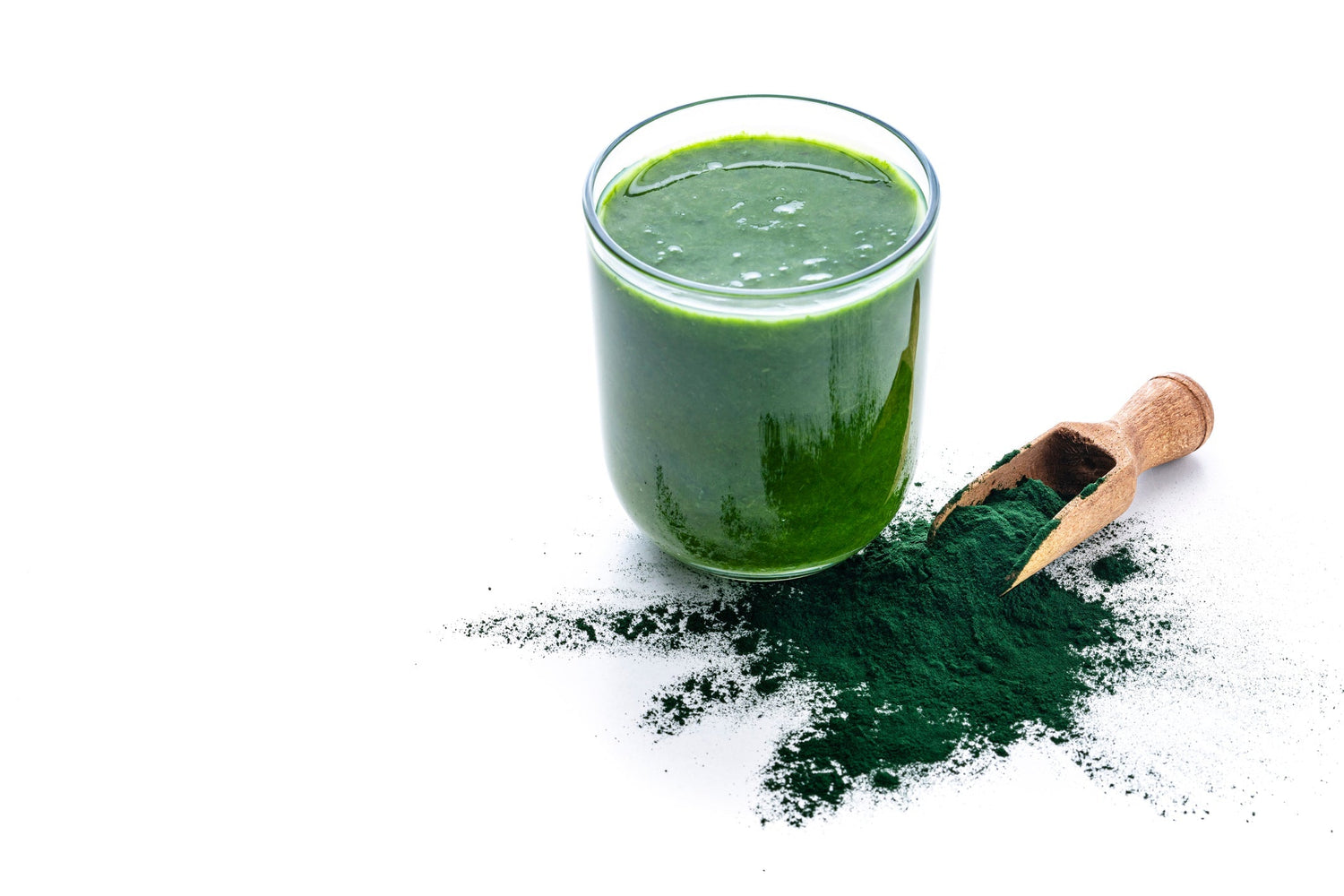


コメントを書く
このサイトはhCaptchaによって保護されており、hCaptchaプライバシーポリシーおよび利用規約が適用されます。